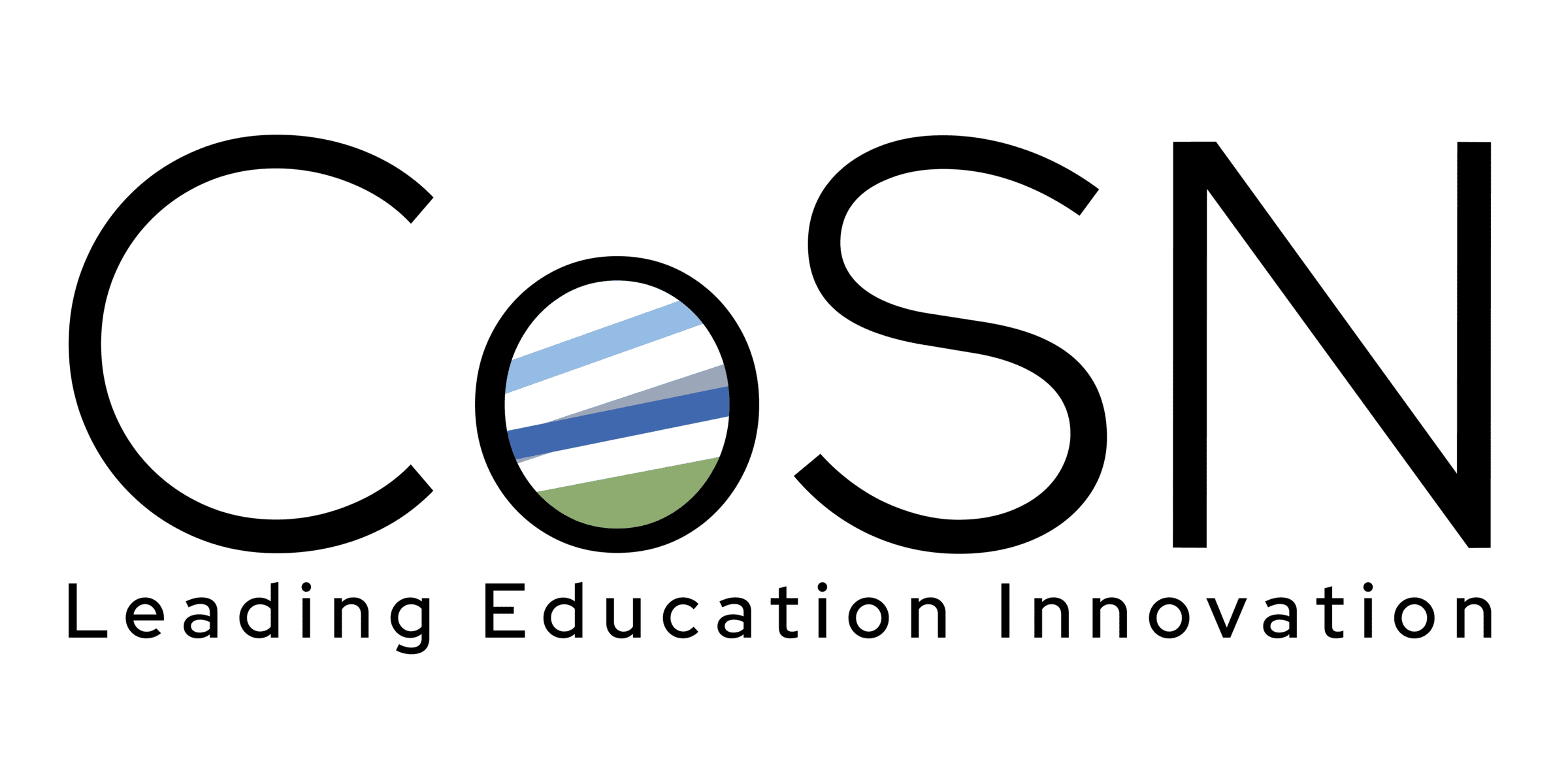Cell Phones, Schools, and Solutions
Over the past year, cell phone use has been a dominant force in the conversation on technology’s role in American classrooms. Many educators, advocates, and parents have expressed concern over generation alpha’s adherence to personal devices. The development of attention spans, critical thinking, and socio-emotional skills are in untested waters as students have been allowed unparalleled, largely unfettered access to burgeoning technologies. Educators, in turn, have been tasked with navigating these waters without much of a precedent. Government legislation on technology in the classroom was inevitable.
Public education in the United States is controlled at the state and local level. Over the past year, school districts and legislatures have begun exercising their power in response to the recent national fervor over cell phones in schools. According to Education Week, as of mid-July 2025, thirty-seven states (and the District of Columbia) have passed some form of legislation on cell phone use in classrooms. This legislation may offer blanket statewide restrictions, require localities to produce their own policies, or offer incentives and recommendations to districts. Many, but not all, of these policies include exemptions for students needing personal devices as part of their IEP, 504 plan, or medical plan.
Though some state legislatures passed cell phone bills in 2024, the majority passed theirs in the latter half of the 24-25 school year. The 25-26 school year, in turn, will be a critical test year for the efficacy of this kind of legislation. There is a critical opportunity here to discover how these bills, which vary significantly in size and scope, operate in different academic contexts. Do blanket restrictions do the trick in some cases? Do districts need external funding to make legislation effective? Is it effective to incentivize leaders to develop their own policies without a true mandate? Only time will tell.
We must, though, make sure that any analysis of cell phone legislation in the coming year takes multiple forms of data into consideration. It may take some time for this work to have any effect, positive or negative, on student academic achievement. A qualitative account of both educator and student experience may help us understand how this legislation will operate beyond its pilot year. Longitudinal analyses will be necessary.
Finally, we cannot view cell phone legislation as a silver bullet solution to solve technological intrusion into academic (and non-academic) life. K-12 classrooms are uniquely suited to provide critical, large-scale messaging on how these devices can be used safely. Like EdTech in classroom settings, mass-market technologies should serve as helpful supplements, not replacements, for human experience. We cannot ignore the ubiquity of personal devices, but we can certainly prepare our students (and families) for thoughtful employment of personal devices through 12th grade and beyond.
Citations
Prothero, A., Langreo, L., & Klein, A. (2025a, July 17). Which states ban or restrict cellphones in schools?. Education Week. https://www.edweek.org/technology/which-states-ban-or-restrict-cellphones-in-schools/2024/06
Walker, T. (2025). Take cellphones out of the classroom, educators say. NEA. https://www.nea.org/nea-today/all-news-articles/take-cellphones-out-classroom-educators-say
Author: Cooper Sved, 2025 Blaschke Fellow
This blog is part of a series preceding the publication of the 2025 Blaschke Report. Read the entire series:
“What Does ‘Screen Time’ Mean, Anyway?”
Children, Screens, and Parent Perspectives
Cell Phones, Schools, and Solutions
EdTech and Professional Development
Fred Rogers and Technological Opportunity
Click here to learn more about the Charles Blaschke Fund.


